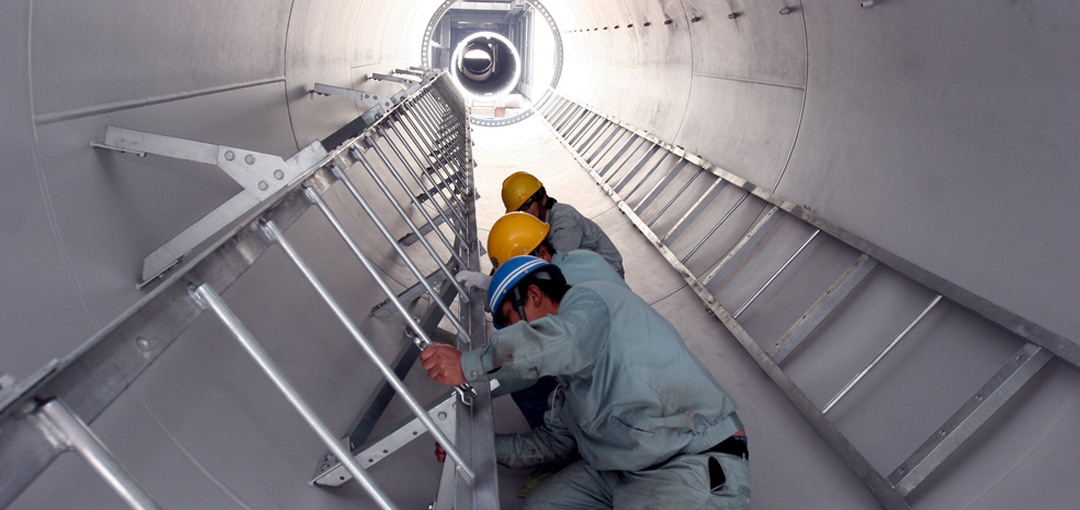Confined Space Supervisor: Roles And Responsibilities
Confined Space Supervisor: Roles And Responsibilities
March 4, 2024 |
The position of a confined space supervisor is pivotal in ensuring safety in challenging work environments. A confined space supervisor is responsible for overseeing and ensuring workers’ safety in environments not designed for continuous occupancy and may present hazards. This role requires specialized knowledge and skills to identify potential risks and implement safety protocols.
The Necessity of Specialized Training for Confined Space Supervisors
Rescue Solutions, renowned for its expertise in safety and rescue training across Kentucky, emphasizes the importance of confined space supervisor training. This training is not just about compliance; it’s about equipping individuals with the skills to manage and mitigate risks in confined spaces effectively. Our comprehensive training programs cover everything from hazard recognition to emergency response planning. By providing this specialized training, we help businesses in Kentucky ensure that their confined space supervisors are fully prepared to handle the unique challenges of their role, thereby enhancing workplace safety and operational efficiency.
Ensuring Safety Compliance
Compliance involves adhering to many safety regulations, standards, and protocols set forth by local, state, and federal authorities. A confined space supervisor must stay well-versed in these regulations to guarantee that all confined space work activities are conducted within legal and safety parameters. They are tasked with implementing, overseeing, and enforcing these safety protocols, leaving no room for compromise. This includes providing the necessary training to employees, ensuring the availability and proper use of personal protective equipment, and developing and rehearsing emergency response plans.
Conducting Risk Assessments
Prior to any confined space entry, they are responsible for meticulously evaluating potential hazards and risks associated with the specific confined space in question. This assessment thoroughly examines the confined space’s physical attributes, the nature of the work to be conducted, atmospheric conditions, and the qualifications of the employees involved. By conducting these assessments, confined space supervisors identify and understand potential dangers, allowing them to effectively implement preventive measures to mitigate these risks. The ultimate goal is to ensure all employees enter the confined space with the knowledge and equipment required to navigate any potential hazards safely.
Developing Confined Space Entry Plans
These plans are the blueprint for safe entry and work within confined spaces. They outline step-by-step procedures, safety precautions, and emergency response protocols that must be followed during confined space operations. Confined space supervisors work closely with their teams to develop entry plans that address the unique aspects of each confined space, taking into account the specific risks and challenges present. These plans also include detailed rescue procedures, communication protocols, and equipment requirements. It is imperative that these plans are well-defined, clearly communicated to all involved parties, and implemented meticulously to ensure the safety of employees working within confined spaces.
Equipment and PPE Oversight
Effective equipment and personal protective equipment (PPE) ensure that all necessary equipment and PPE are readily available and in optimal working condition before any confined space entry occurs. This includes inspecting and maintaining gas detectors, ventilation systems, harnesses, lifelines, and communication devices. Confined space supervisors must verify that employees have access to the appropriate PPE, including respirators, gloves, helmets, and safety clothing. Oversight also involves monitoring the correct usage of equipment and PPE during confined space operations, ensuring that employees are adequately protected from potential hazards. This meticulous oversight is essential in preventing equipment failures and minimizing risks within confined spaces.
Emergency Response Coordination
Supervisors are responsible for developing and overseeing emergency response plans for confined space entries. These plans outline the steps to take in the event of an emergency or unforeseen incident within the confined space. Confined space supervisors must coordinate with their teams to ensure that all employees know their roles and responsibilities during emergencies, including rescue procedures, evacuation routes, and communication protocols. This coordination extends to collaborating with local emergency services, such as fire departments or rescue teams, to facilitate swift and effective emergency response. Confined space supervisors are central in orchestrating these responses to ensure the safety and well-being of employees working in confined spaces.
Training and Certification
Supervisors must ensure that all employees entering confined spaces receive appropriate training to understand the hazards, risks, and safety protocols associated with confined space work. This training includes theoretical knowledge and practical hands-on exercises to prepare employees for real-world scenarios. Confined space supervisors must verify that employees hold the necessary certifications, such as confined space entry permits, and that these certifications are up-to-date. Continuous training and certification renewal are essential to inform employees about the latest safety practices and equipment usage.
Raise Your Safety Standards with Rescue Solutions
Are you ready to strengthen your team’s safety in confined spaces? Rescue Solutions is your ideal partner. We offer top-notch confined space supervisor training tailored to the specific needs of your business. Our expert trainers provide practical and theoretical knowledge, ensuring your confined space supervisors are well-prepared for their critical role. Join the leading companies in Kentucky that prioritize safety and efficiency by training with Rescue Solutions. Contact us today to enroll and take a proactive step toward exceptional workplace safety.
